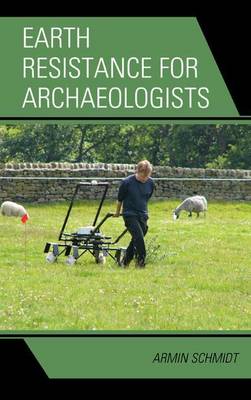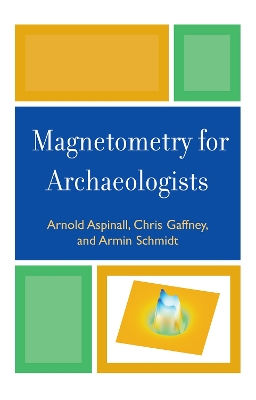Geophysical Methods for Archaeology
2 total works
Earth Resistance for Archaeologists, written by the foremost expert in the field, provides archaeologists with the know-how required to exploit the significant potential of earth resistance methods. A wide variety of possible uses are presented, including cases where earth resistance surveys succeeded in mapping buried archaeological remains that magnetometer surveys were unable to detect. Examples include earth resistance data from many archaeological sites, including in England, Scotland, Nepal, Bangladesh, and more. The archaeological features that can be detected through earth resistance methods are varied, ranging from ditches, pits, and grave cuts to stone and brick foundations, and even include whole landscapes. Whereas area surveys were traditionally the most common earth resistance method, depth profiling and vertical imaging have become well-developed tools that allow electrical depth investigations in three dimensions. Both techniques are described in detail and archaeologists will be able to apply them in their work. Content is equally relevant for environmental investigations.
Magnetometry for Archaeologists
by Arnold Aspinall, Chris Gaffney, and Armin Schmidt
Published 4 April 2008
Magnetometry for Archaeologists covers the most widely used method for archaeological surveying. Authors Arnold Aspinall, Chris Gaffney, and Armin Schmidt recount the history of magnetometers from their inception through today's state-of-the-art detectors, explain the physics behind the different types of sensors, and describe the most fruitful ways in which the technology can be employed. They also consider the theoretical and practical uses of magnetometry from for many archaeological periods and regions. The reader learns exactly what magnetometry measures, and how knowledge gained from it influences the ways in which surveys are undertaken. The authors also discuss the potential for and the problems associated with the use, display, and interpretation of buried remains. View the book's Acknowledgments.

